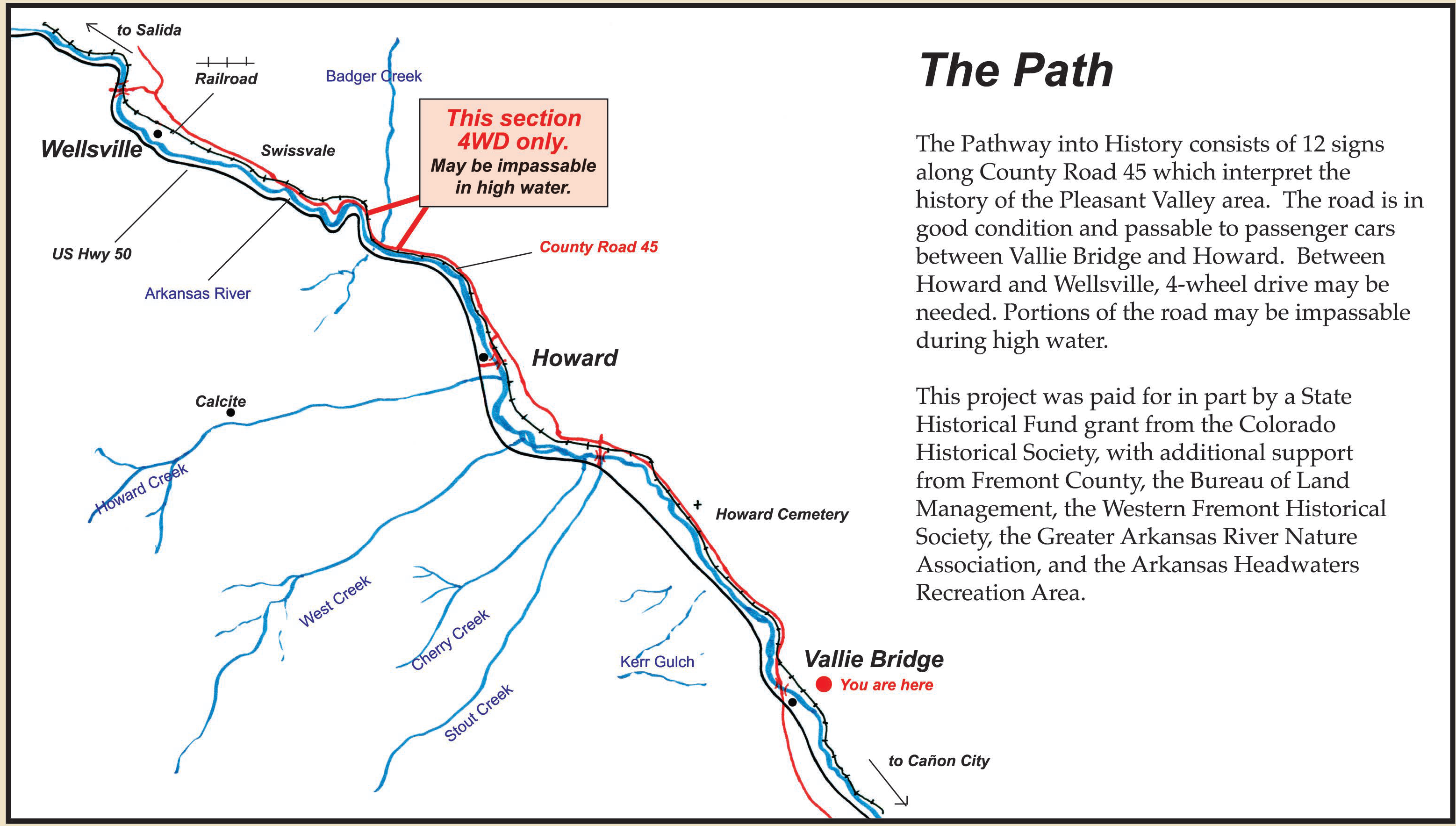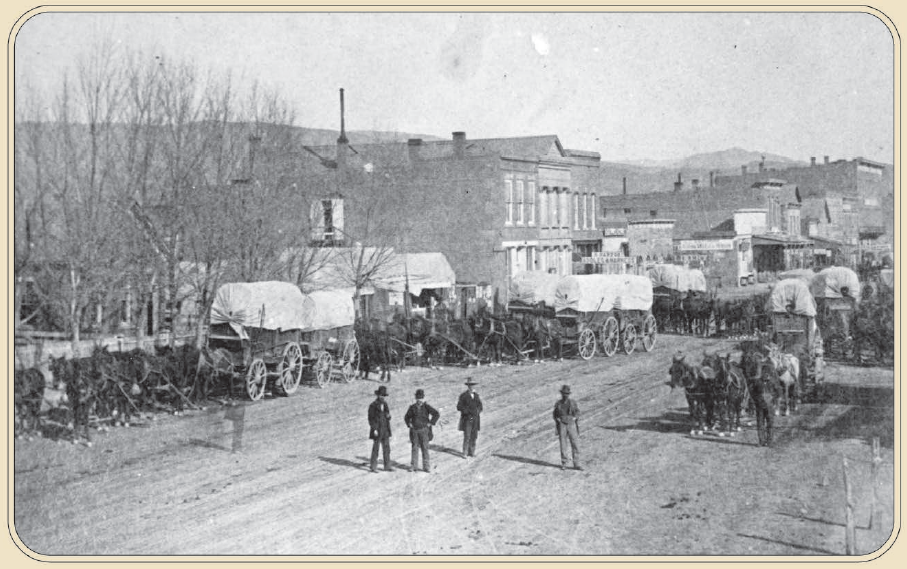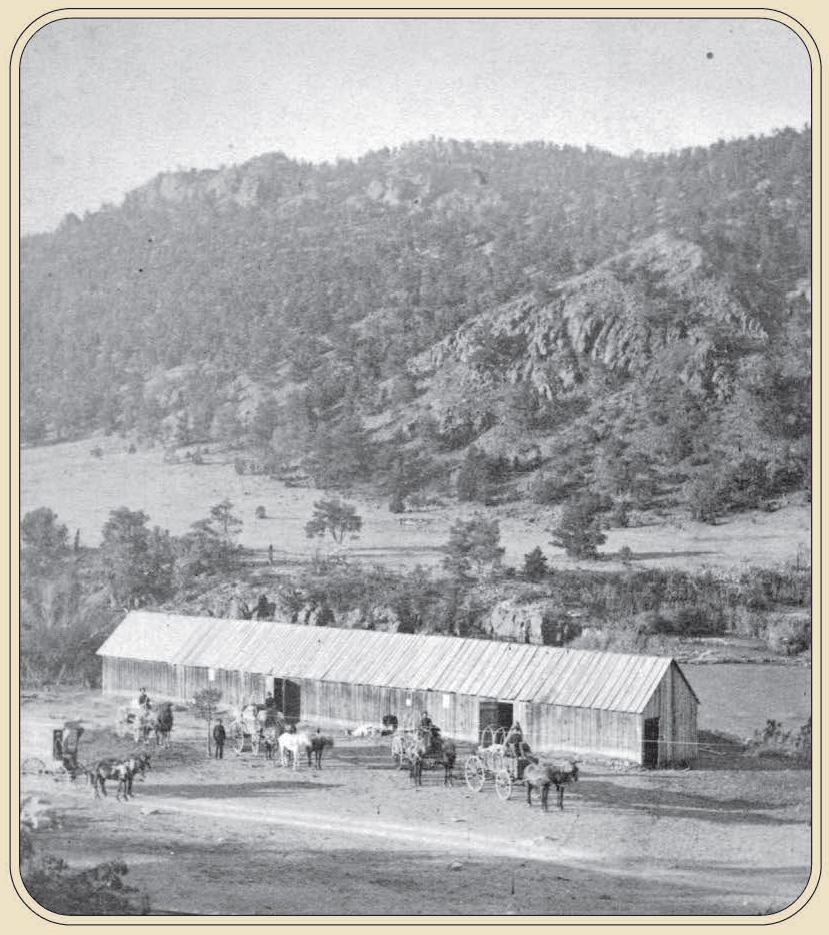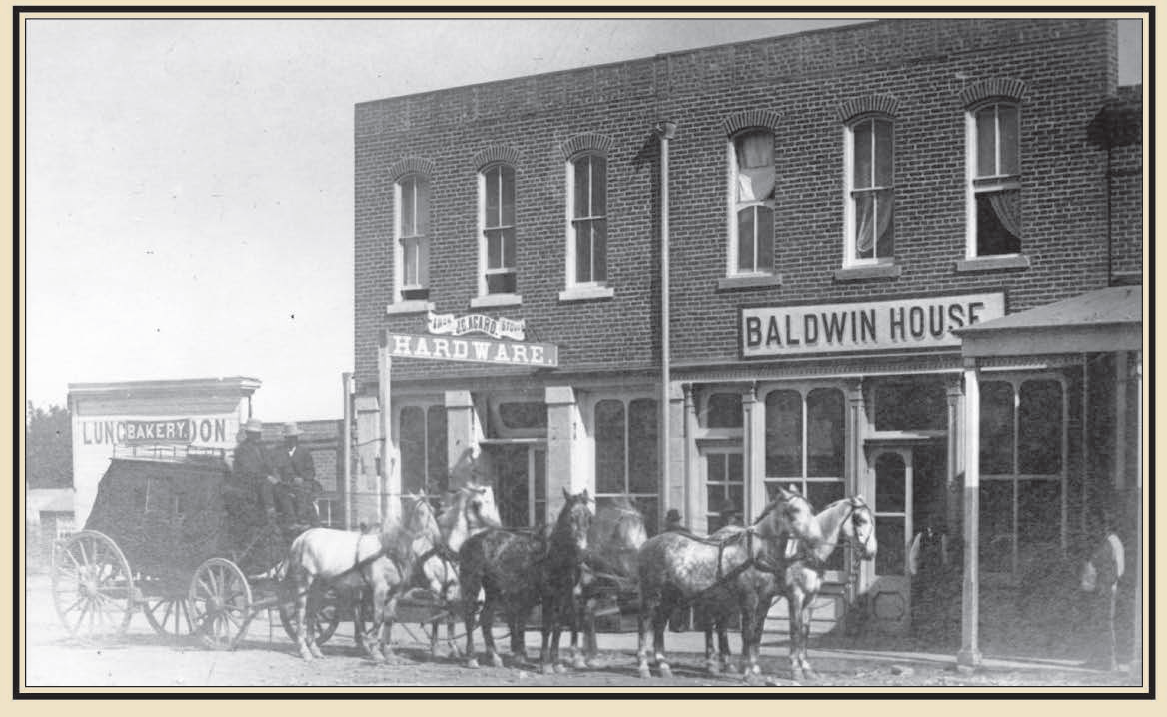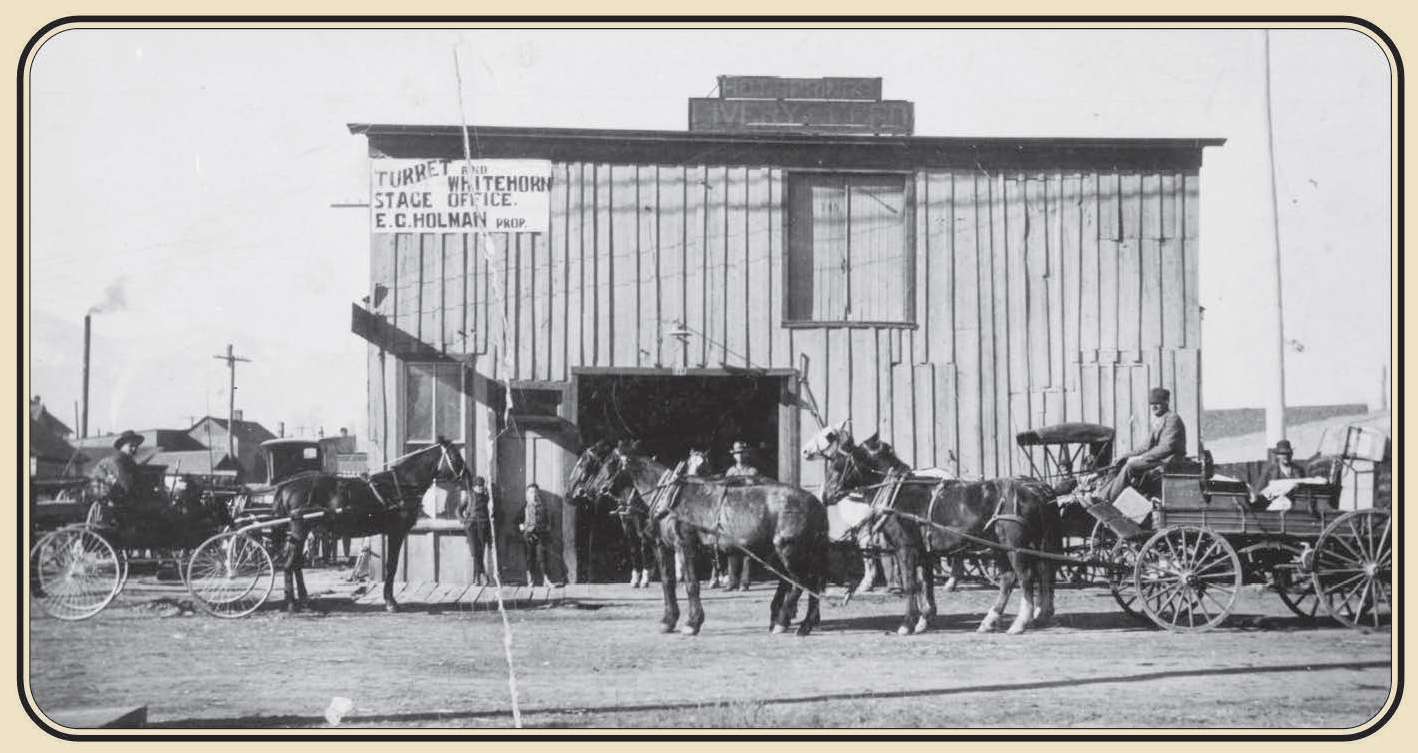Pathway into History
The Path
The Pathway Carved by a River—as you stand here and look around, imagine it is December 28, 1806, and you are explorer Zebulon Pike. Tall trees grew thick on the hills on both sides of the river. Pike camped twice along our “Pathway into History” during a difficult journey downriver from here to the mouth of the Royal Gorge.
The Story Begins—Early settlers met their destiny here in Pleasant Valley with implements, vision, and hard work. Just as camping along the road was common in 1880, so it is again today. Early settlers used canvas tents and even their wagons when necessary. Now lightweight backpack tents dot the river’s edge while mountain bicyclers, fishermen, ranchers and backcountry hikers enjoy the lure of the river. Even as you stand here, memories of the dusty and muddy road come back to life as you continue along the river’s “Pathway into History.”
Moving Freight
Main Street in Cañon City shows covered wagons and teams loaded and ready to serve the gold and silver mines in Leadville and other various mountain communities. Cañon City was the last supply town before the freight outfits turned west.
Stage Stop
Bales Stage Station and ranch in Cleora served as a terminal point for people and goods traveling up the Arkansas River canyon to southern Chaffee County (Lake County before 1879), or a break/transfer point to those traveling beyond. Cleora was located about where the current stock yards and sale barns are now on the north side of the river in Salida.
Hardy Travelers
On Cañon City Main Street between Second and Third streets, drivers stopped a six-horse team hitched to the old Barlow & Sanderson Stagecoach in 1885. This stage line ran from Cañon City via Pleasant Valley to Cleora (Salida) during the late 1870s and 1880s, carrying people and goods through the mountains along the difficult path beside the river. Prior to the luxurious railroad coaches, stagecoach travel was the preferred means, but so tiresome. Railroads essentially put the stage line out of business for the longer hauls on the same routes.
Many Destinations
Salida’s “Hot Springs Livery Stable and Feed” was located on G Street and west Second Street in 1902. This was where E. C. Holman, Proprietor, conducted his “Turret and Whitehorn Stage” business. Travelers coming up the wagon road or the railroad could catch a stage at this location for the busy mining towns of Turret or Whitehorn.
